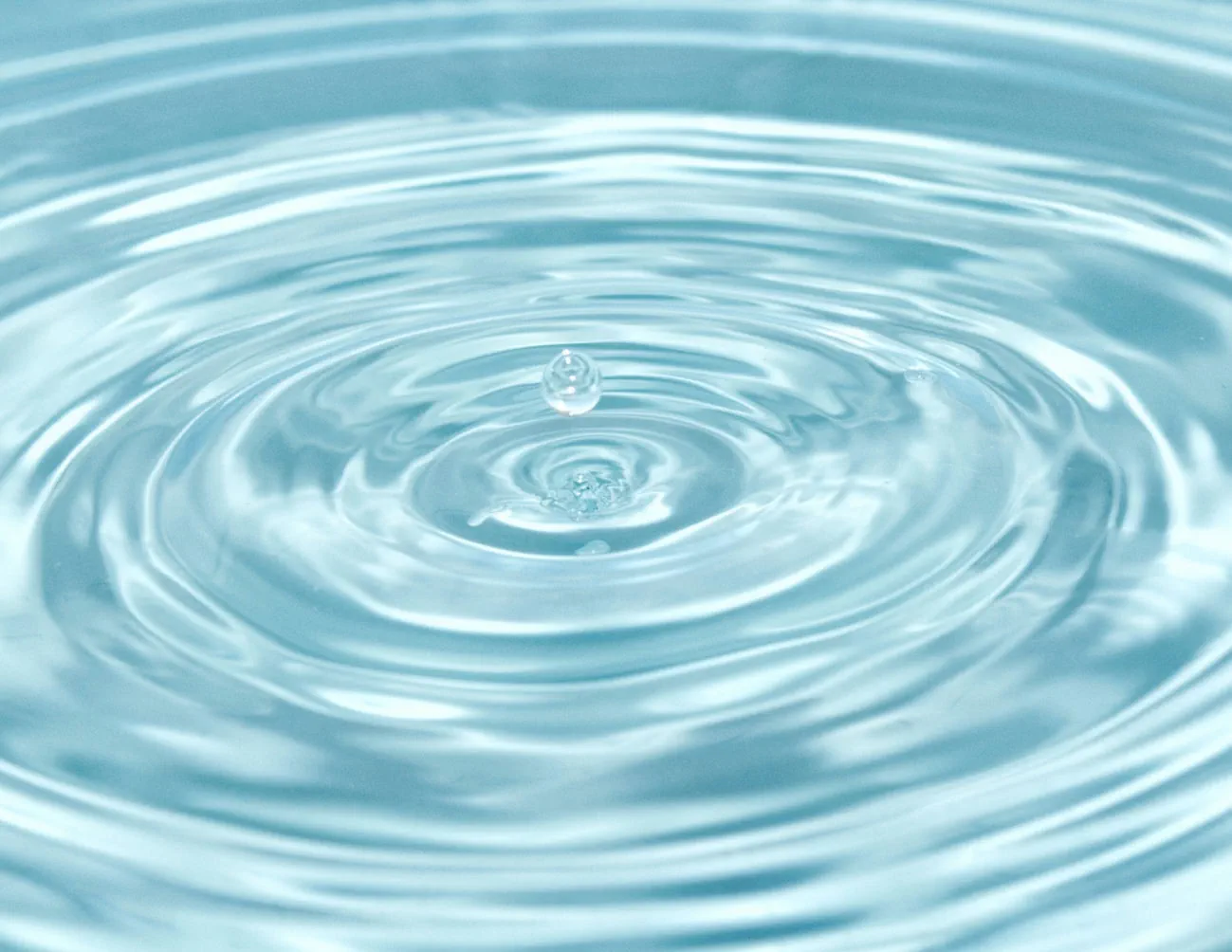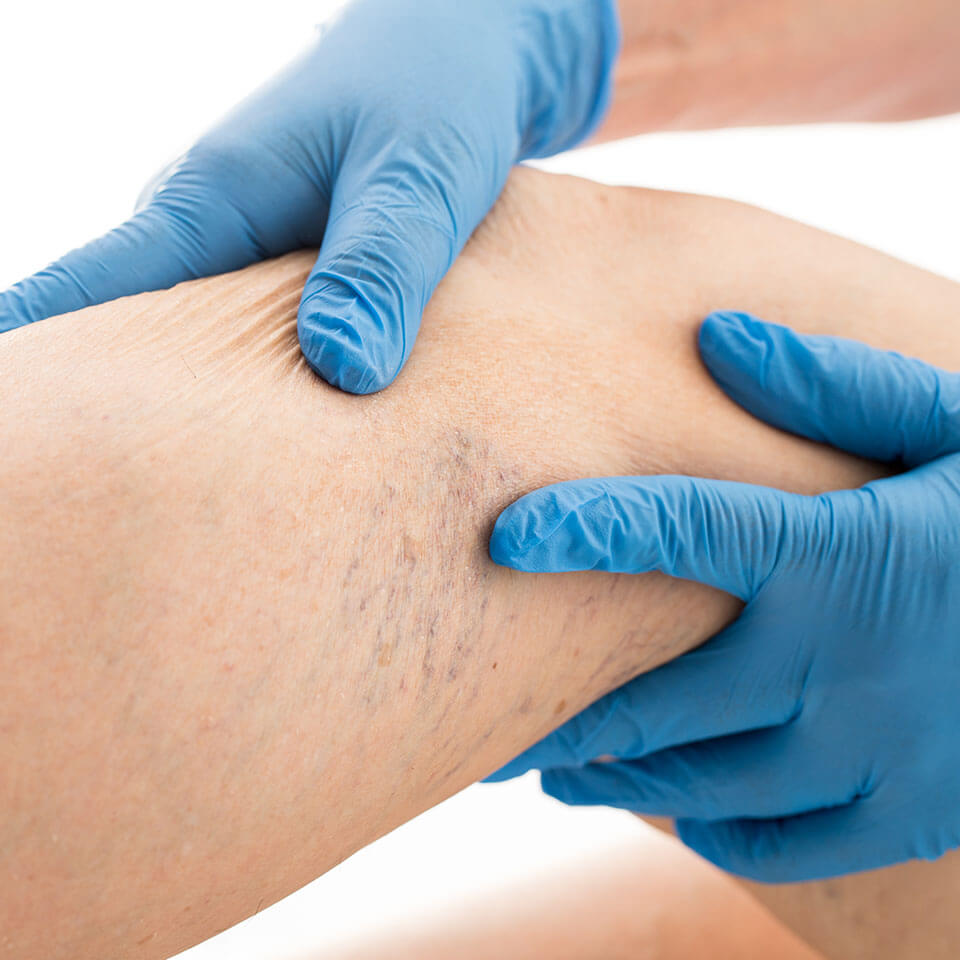Have you noticed a recent change in how your veins look? Are they spreading out like spider webs or creating a bump under your skin? And have you experienced any discomfort related to these veins? Sclerotherapy for varicose veins can be the perfect solution to these problems. If you believe that you are suffering from varicose or spider veins, the professionals at Reflections Skin & Laser Center in Cartersville, GA can help you with any questions and concerns regarding sclerotherapy for varicose veins.
What Are Varicose Vein and Spider Vein?
Varicose veins and spider veins are both conditions that arise when veins suffer from weakened or faulty valves and vessel wall functioning (commonly known as venous insufficiency). In order for blood to return to the heart, the vein walls and valves act as pumps to direct bloodstream circulation. When they lose their elasticity and functioning, blood fails to flow in the correct direction. Sclerotherapy for Varicose Veins will most likely be the cure for this. The result is a buildup of blood in these malfunctioning veins so this is when sclerotherapy and blood clots treatments are advised. But how are varicose veins and spider veins different?
Varicose Veins
Varicose veins tend to be larger in size as the condition affects more prominent veins in the body. They appear as twisted bulges under the skin surface. Even though they usually appear in bluish hues, they can appear in red or skin-color as well. They typically develop in the outer thighs, fronts and backs of the calves, top of the feet, and around the ankles. They may appear around the lower pelvic and buttock regions during pregnancy.
Spider Veins
In comparison, spider veins are much smaller in size as the condition affects superficial veins that are found between the epidermis and dermis. These veins give the appearance of blue, red, or purple colored spider webs or tree branches under the skin surface. They usually develop in the leg regions as well as on the face.
Causes of Varicose Veins and Spider Veins
The number one cause of varicose veins and spider veins is venous insufficiency. According to statistics, 60% of spider vein cases and 99% of varicose veins result from venous insufficiency so knowing sclerotherapy and blood clots fall to be important. But what factors can contribute to this vein problem?
Heredity
Medical research suggests a strong correlation between genetics and the prevalence of spider veins. Statistics demonstrate that 90% of individuals with spider veins report a family history of the vein issue. Even though researchers are still unclear how genetic factors play a role, they suggest that it may contribute to venous insufficiency and weaker vein walls.
Progesterone Fluctuation
The lesser-known female sex hormone, progesterone, plays a vital role in vein health. Medical studies have found that the great saphenous veins (the most prominent superficial veins in the legs) are most prone to develop spider venous insufficiency due to elevated levels of progesterone. This is because these veins contain a high quantity of progesterone hormone receptors. The most common causes of elevated progesterone level are:
Menopause
Birth control with progestin (a synthetic form of progesterone)
Pregnancy
Hormone replacement therapy that contains progestin
Exposure to Estrogen Changes
Estrogen plays an essential role in blood coagulation and blood vessel dilation. Elevated levels of estrogen may affect the elasticity of the vein walls and cause malfunctioning of the vein valves. Consequently, the pooling of blood creates a constant pressure against the vessel walls. Over time, the constant pressure causes the walls to weaken, twist, and bulge. Common hormonal changes that may result in varicose vein and spider veins are:
Puberty
Pregnancy
Use of birth control pills
Menopause
Hormone replacement therapy
Hormonal imbalance
Overweight and Obesity
Extra body weight puts a lot of pressure on the veins. Medical studies have shown that overweight patients have a higher frequency of impaired venous function and lower venous reflex scores than healthy-weight patients. And by losing weight, these patients drastically improve their venous function and reflex scores. In many cases, those who suffer from spider veins report fading of their spider veins .
Prolonged Sitting or Standing
Veins have to work against gravity to return blood to the heart. When you remain in the same posture for a long time, your blood circulation slows down and your veins must pump even harder to keep blood moving. Individuals that work in occupations that require prolonged sitting or standing (e.g., nurse, office workers, teachers, drivers) are at most risk of developing spider veins and varicose veins.
Aging
The wear and tear on vein valves and walls increases as we age. And as progesterone and estrogen levels drastically drop after menopause, the vein walls further weaken.
Prolonged Exposure to Extreme Hot Temperatures
Extreme hot temperature causes blood vessels to relax and increases the risk of blood pooling in the legs. Additionally, sweating causes dehydration and lowering of the internal salt level. To compensate for the loss, the body causes the veins to swell in an attempt to prevent further fluid loss. When combined with the malfunctioning of the vein valves, the swelling of the veins creates a high risk of developing varicose veins and spider veins.
Other factors that contribute to venous insufficiency include:
Sun damage
Constipation
Trauma to the skin
Prolonged pressure in the abdomen
History of blood clots
Exposure to ultraviolet ray
Diabetes
High blood pressure
Smoking
Symptoms of Spider Veins
Spider veins tend to be superficial. They usually do not cause any pain or other health-related complications such as leg swelling. However, severe cases of spider veins may cause discomfort and skin irritations.
Symptoms of Varicose Veins
Because varicose veins affect larger veins, they tend to cause more severe physical symptoms. Depending on the severity of the condition, some common symptoms are:
Itching around affected veins
Pain
Leg swelling
Heavy sensation in the legs
Restless legs
Swollen blood vessels
Bruising around veins
Veins turning purple or blue in color
Throbbing and burning sensation in lower legs
Skin discoloration around affected veins
When left unattended, varicose veins may worsen and can escalate to severe blood clots and non-healing ulcers. Sclerotherapy and blood clots treatment can lead to these.
What Is Sclerotherapy?
Sclerotherapy is a minimally invasive, non-surgical treatment used to treat spider veins and varicose veins. It works by injecting a salt solution directly into the affected veins. Once applied, the vessel walls shrink, adhere together, and close off the vein from blood flow. This treatment serves two goals:
Encourages blood flow to other veins
Causes affected veins to fade and disappear
How Effective Is the Sclerotherapy for Varicose Veins Treatment?
Medical studies show that 50 to 80% of treated veins can be eliminated in one session. In general, a course treatment of several sessions is highly encouraged to all clients. Having said that, each client’s condition and needs are unique. There is no guarantee of success for all patients. About 10% of individuals may not see any results after injection.
Who Is a Good Candidate?
Sclerotherapy is an excellent treatment option for individuals who wish to select a non-surgical method to treat their spider veins and varicose veins. It is suitable for both male and female individuals of a variety of skin tones.
For individuals who are pregnant, their spider veins may disappear after childbirth. To avoid complications and unnecessary treatment, it is best to wait until after childbirth to proceed with the treatment.
Because each client’s condition is unique, thorough consultation and diagnosis by a medical professional at the Reflections Skin & Laser Center will be required before determining your best treatment option.
Diagnosis Process
Before treatment, a professional at the center will:
Examine involved veins while you stand and sit
Ask about your symptoms
Check for other possible causes
Ask about your medical history
Ask about current medication and supplement intake
Ask about allergies
Depending on your conditions, an ultrasound or venogram may be required to better understand blood flow and functioning of the affected veins.
Preparation Before Sclerotherapy for Varicose Veins Treatment
Prior to the appointment, clients will be instructed to stop taking ibuprofen, naproxen sodium, and aspirin for at least 48 to 72 hours prior to treatment. This is to avoid bleeding during and after treatment. To prevent infection or possible complications, avoid applying any lotion or ointment to the treatment area. Any irritating activities, such as shaving, cupping, and massages, should also be avoided. Try to wear comfortable and non-restricting clothing to allow better blood flow. On the day of treatment, it is highly recommended for clients to dress in comfortable, loose clothing and footwear for their appointment.
What to Expect During Treatment
This treatment should not require any anesthesia. The whole process usually lasts for 15 to 45 minutes, depending on the number of veins being treated and the location of these veins. Before the injections, you will be instructed to lie on your back with your treatment area slightly elevated. The area will be cleansed with alcohol.
During the process, doses of salt solutions are injected into your affected veins with an extremely fine needle. You may feel some tingling and numbing sensation for about two minutes. The discomfort may last longer when larger veins are being injected. Once the injection is completed, the professional will massage the area for better distribution of the salt solution. They will then apply a compression pad to the treated vein before moving on to the next vein.
What to Expect After Treatment
After treatment, clients may experience mild discomfort and irritation at injection sites. Although there is no downtime for this treatment, it is highly recommended for clients to rest their treated areas to allow for better results. For some clients, mild itching and inflammation may occur in the treated area for several days. Consult with your professional before applying any ointment. Bruising and raised bumps may also occur near the injection location and can last up to several weeks after your session. Do not attempt to rub or massage the area.
Sometimes, dark lines or spots may appear near the treated skin surface. This is often referred to as staining. These marks are signs of trapped blood left in the closed-off veins. They will fade off over time along with the veins.
After-Treatment Care
Results take time to develop. To get the most out of your treatment, avoid any strenuous activities for at least two weeks after your session. Wear compression stocking or apply a compression bandage for two weeks to sustain compression on the treated area. Another important rule is to avoid sun exposure after sclerotherapy for varicose veins. After treatment, sunlight can cause dark spots to appear on your skin.
When Can You Expect to See Results?
The results may differ from person to person. In general, larger veins require a longer time to exhibit significant results than smaller veins; varicose veins also require more extended time than spider veins. For spider veins, clients may start noticing substantial improvement within three to six weeks. Varicose veins may require anywhere from three to four months to show improvement as long as sun exposure after sclerotherapy is avoided accordingly.
Prevention Is Key
Sclerotherapy for varicose veins is not a one-time permanent solution. Even after all your spider veins and varicose veins are successfully treated, new ones may develop. The only way to lower the risk of developing new spider veins and varicose veins is to alter your lifestyle and habits.
Get Healthy
Being overweight is one of the critical factors of developing spider veins and varicose veins. By adopting better eating habits and staying active, you are promoting better blood circulation and helping your legs fight against the force of gravity.
Stay Moving
Remaining in one position causes poor circulation. If your occupation requires you to stand or sit for long a duration of time, take a short break every 30 minutes to move your body. Learn massage techniques that will promote better blood circulation and alleviate fluid retention problems.
Avoid Hot Showers
Even though hot showers can be relaxing, the extreme heat and force of gravity combined may cause a lot of damage to your veins. Dialing down the water temperature can significantly alleviate the problem. If you are looking for ways to relax your sore muscles, try to do some yoga or exercise without sun exposure after sclerotherapy outside or even give yourself a massage with a hand-held massager. Both can also improve blood circulation as well.
Rest Your Legs
Putting your feet up can genuinely save your veins from working overtime. It can also prevent your legs from swelling.
Stay Hydrated
Many people have the misconception that drinking lots of water may cause their legs to swell. Quite the opposite: staying hydrated will stop your body from swelling and trying to retain fluid.
Wear Compression Stockings
These stockings can greatly improve blood circulation and alleviate leg swelling. They come in various compression levels. Please consult with a professional before use as over-compensating may also lead to blood flow restrictions and poor circulation. Depending on your lifestyle, you can choose above-the-knee stockings, below-the-knee stockings, or pantyhose stockings.
Wear Comfortable Footwear
High heels and other constricting footwear can force your veins to work even harder to pump blood back to your heart. To improve blood circulation and avoid leg swelling, choose comfortable footwear. In addition, applying cooling foot pads may also help cool down your feet and alleviate the swelling problem.
To Learn More
Spider veins and varicose veins can affect your mental health as well as your physical health. If you are interested in learning more about how sclerotherapy for varicose veins can help improve the appearance of your condition, contact Reflections Medical Spa in Cartersville, GA, for a consultation with one of our medical professionals. We will be delighted to answer any questions and concerns you may have regarding the treatment. We look forward to hearing from you.



